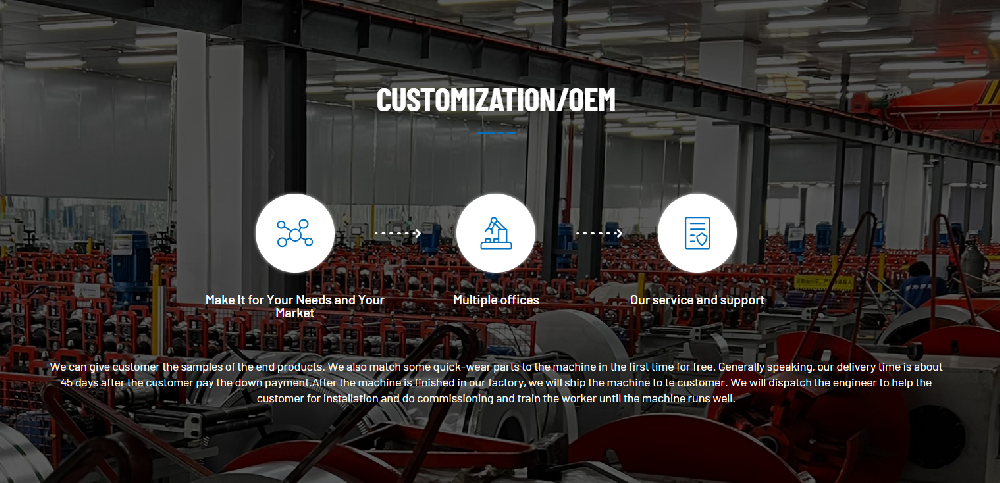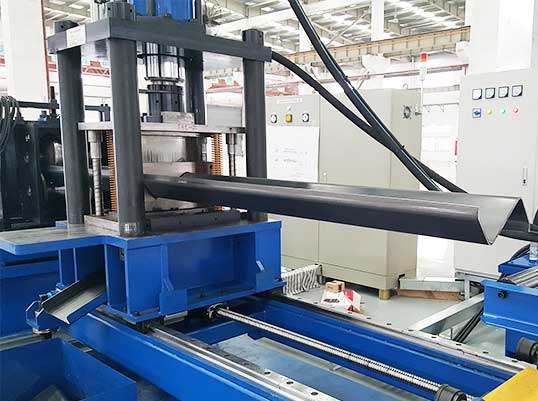Navigation Menu
Contact Us
- Email:
- info@wxavatar.com
- Address:
- Yurong Village, Yuqi Street, Huishan District, Wuxi, China.
Release Date:Jul 14, 2025 Visit:25 Source:Roll Forming Machine Factory
Solar stand roll forming machines are specialized equipment designed to manufacture mounting structures for solar panel installations. These machines shape metal coils into precise profiles through a series of rollers, creating the framework that supports solar panels in various configurations. As solar energy systems continue to gain adoption, the need for flexible manufacturing solutions has grown significantly.

Adaptability Features of Modern Roll Forming Machines
Contemporary solar stand roll forming machines incorporate several design elements that allow for adjustment to different panel dimensions:
Adjustable Roller Systems: Many machines feature rollers that can be repositioned along the forming axis to accommodate varying material widths.
Modular Tooling Designs: Some manufacturers offer interchangeable roller sets that can be swapped to produce different profile shapes and sizes.
Computerized Control Systems: Advanced models include digital interfaces that store presets for different product specifications, enabling quick changeovers.
Variable Speed Drives: These allow operators to adjust production speed based on material thickness and complexity of the formed profile.
Factors Affecting Size Adaptation Capabilities
Several technical considerations influence a machine's ability to handle different solar panel stand sizes:
Maximum and Minimum Material Width: The physical constraints of the machine frame determine the range of material widths it can process.
Roller Configuration: The number and arrangement of forming stations impact the complexity of profiles that can be produced.
Hydraulic or Mechanical Adjustments: The type of adjustment mechanism affects how quickly and precisely operators can modify machine settings.
Practical Considerations for Manufacturers
When evaluating a solar stand roll forming machine's adaptability, manufacturers should consider:
Production Volume Requirements: Machines with quick-change features may have higher upfront costs but can improve efficiency for mixed production runs.
Material Specifications: Different thicknesses and grades of steel may require adjustments to roller pressure and forming speeds.
Future Expansion Needs: Selecting equipment with capacity for anticipated future product variations can extend the machine's useful service life.
Industry Applications and Case Examples
Various solar installation scenarios benefit from adaptable roll forming equipment:
Residential Rooftop Systems: Typically require smaller support structures than commercial installations.
Ground-Mount Arrays: Often need heavier-duty stands that can accommodate larger panel formats.
Tracking Systems: May require specialized components that adjustable machines can produce without separate tooling.
Maintenance and Operational Best Practices
To maintain consistent performance across different production runs:
Regularly inspect and lubricate adjustable components
Keep replacement parts for wear items in inventory
Train operators on proper changeover procedures
Document settings for different product configurations

Conclusion
Modern solar stand roll forming machines can be designed to accommodate a range of panel sizes through various mechanical and operational adaptations. The specific capabilities depend on the machine's design features, with more sophisticated models offering greater flexibility. When selecting equipment, manufacturers should carefully assess their current and anticipated future production needs to determine the appropriate level of adaptability required. Proper maintenance and operation are essential to preserve the machine's adjustment capabilities over time.